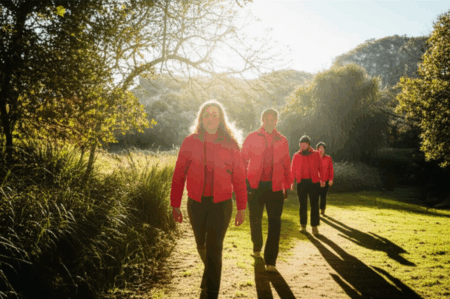For years, treadmills have been a staple in fitness routines, primarily used for walking, jogging, and running forward. But what if a simple reversal of direction could unlock a cascade of unique physical and cognitive benefits, transforming your workout? While it may look unconventional, walking backward on a treadmill, also known as retro walking, is gaining traction among fitness enthusiasts and physical therapists alike for its remarkable advantages. This simple tweak to your routine challenges your body and brain in entirely new ways, offering gains that forward motion often overlooks.
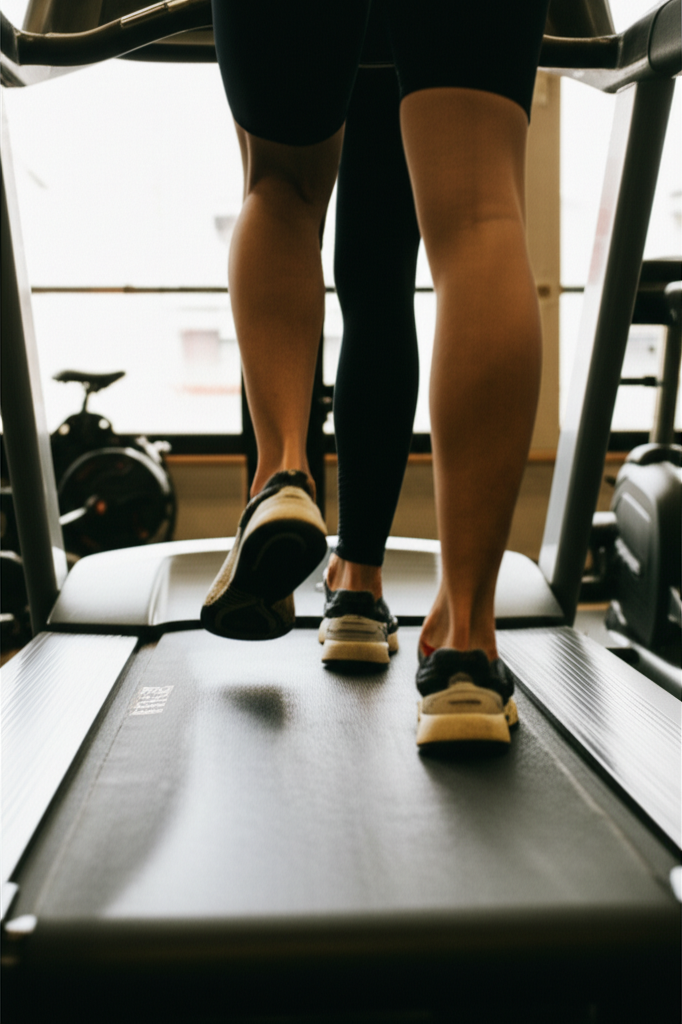
The Science Behind the Stride: Why Backward?
Forward walking is an ingrained motor skill, performed almost automatically. Walking backward, however, disrupts this familiar pattern, forcing your body and brain to engage more actively to maintain balance and coordination. The mechanics of retro walking fundamentally differ from forward walking, leading to distinct physiological responses and muscle engagement.
Unique Muscle Activation
When you walk backward, your muscle groups work differently compared to forward movement. It emphasizes muscles that are often underutilized, providing a more balanced workout for your lower body.
- Quadriceps: Unlike forward walking where hamstrings are more active, backward walking significantly engages the quadriceps (front of the thighs) as your knee straightens while rolling from toe to heel. This can be particularly beneficial for strengthening these muscles, which are crucial for knee stability.
- Hamstrings: While quads are dominant, the hamstrings (back of the thighs) also get a unique workout. They contract to bend the knee as the leg swings through the air and are stretched as you roll from toes to heel. This can improve hamstring flexibility.
- Glutes and Calves: These powerful lower body muscles are also activated differently, contributing to overall lower body strength and endurance.
- Anterior Tibialis: The shin muscles (anterior tibialis) are worked to a greater extent during backward walking compared to the calf muscles.
- Core Stabilizers: Maintaining an upright posture and balance during retro walking requires increased engagement of core muscles, contributing to better trunk stability.
Enhanced Joint Health and Knee Support
For individuals experiencing knee pain or recovering from injuries, backward treadmill walking can be a game-changer. It places less pressure on the knee joint and kneecaps compared to forward walking or running, making it a low-impact option.
- Reduced Patellofemoral Joint Strain: By shifting the impact, retro walking can alleviate stress on the front of the knee, which is often a source of discomfort in conditions like runner’s knee or patellofemoral pain syndrome.
- Improved Knee Range of Motion: The specific toe-to-heel gait pattern in backward walking encourages a full knee extension as the knee straightens when moving from toes to heel. This can be beneficial for those with limited knee extension due to injury, surgery, or arthritis.
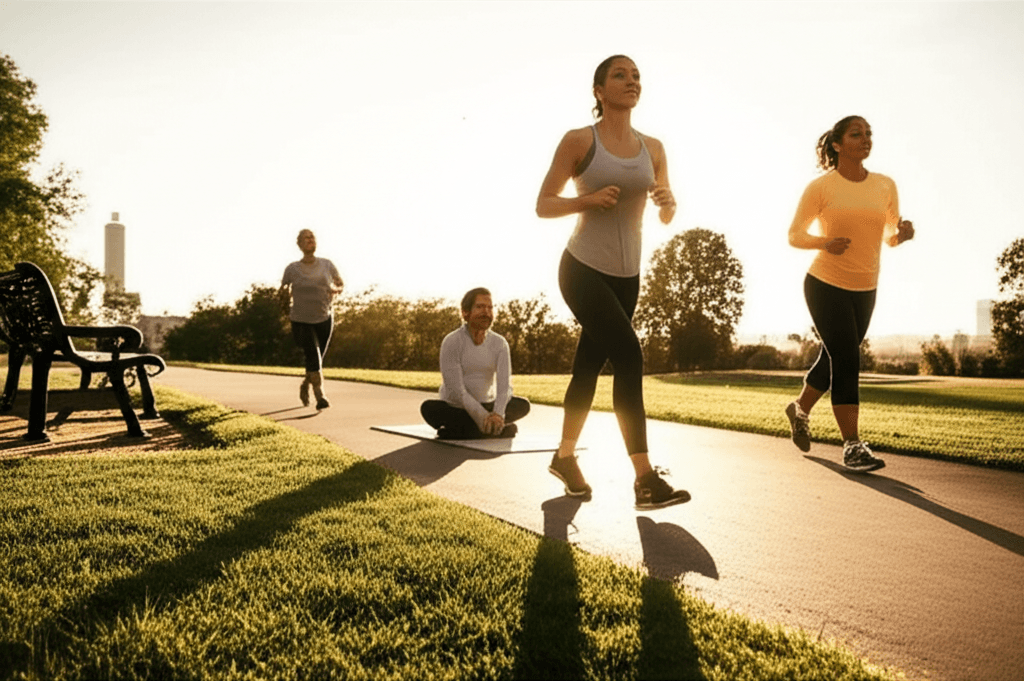
Beyond Muscles: Comprehensive Fitness Benefits
The advantages of retro walking extend beyond targeted muscle strengthening and joint protection, offering a holistic boost to your fitness.
Improved Balance and Coordination
Walking backward fundamentally challenges your proprioception—your body’s awareness of its position in space. Because the movement is less familiar, your brain and body work harder to maintain alignment and stability. This increased demand on neuromuscular coordination significantly improves overall balance, making it a valuable exercise, particularly for older adults or those with balance issues.
Boosted Cardiovascular Health and Calorie Burn
Even at slower speeds, walking backward requires more effort than forward walking. Research indicates it demands more oxygen and places greater demands on the cardiovascular system, leading to improved heart and lung function. This increased muscular engagement translates to a higher calorie burn per minute, making it an effective tool for weight management and enhancing cardiovascular endurance.
Better Posture and Reduced Back Pain
Retro walking encourages better posture by engaging and strengthening the muscles that support your spine. The activation of paraspinal muscles, essential for regulating movement and counterbalancing the body, can lead to improved overall alignment and may help alleviate chronic lower back pain.
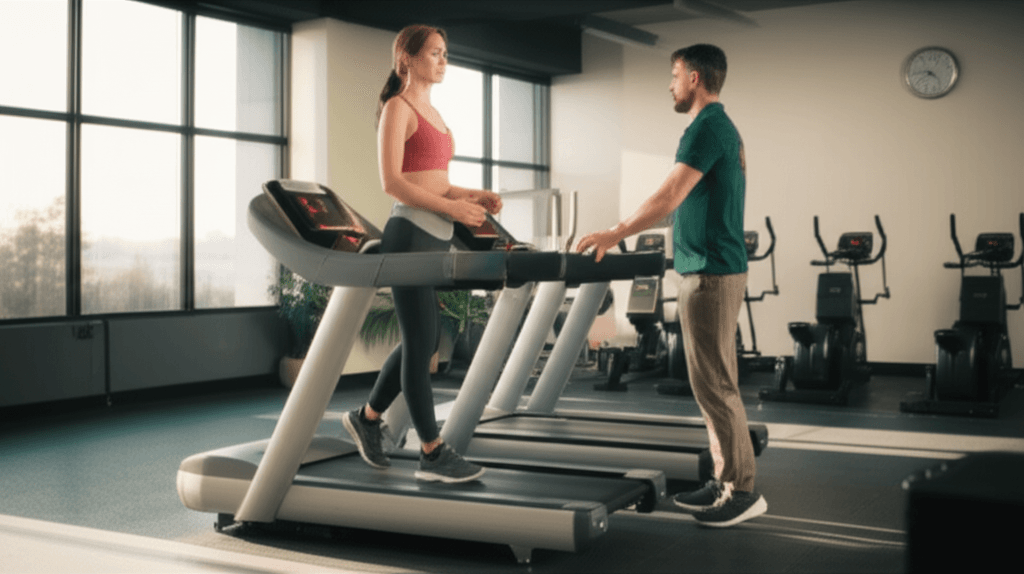
Safely Incorporating Backward Treadmill Walking into Your Routine
While the benefits are compelling, safety is paramount when introducing backward walking to your regimen.
Starting Slow and Steady
Begin by setting the treadmill to the slowest possible speed, typically 0.5 to 1.5 mph. It’s crucial to get comfortable with the motion before increasing intensity. Many experts recommend starting with short intervals, such as 1-minute bursts, and gradually increasing duration as you adapt.
Prioritizing Safety Measures
- Facing the Rear: Always stand on the treadmill facing the rear of the machine.
- Safety Lanyard/Clip: Attach the safety lanyard or clip to your clothing. This device automatically stops the belt if you stray too far, preventing falls.
- Handrails: Initially, hold onto the side rails for stability. As your balance and confidence improve, you can gradually try walking with one hand, then eventually no hands, allowing your arms to swing naturally.
- Toe-to-Heel Gait: Start by reaching one leg backward and landing on your toes, then rolling onto your heel as your knee straightens.
Progressive Overload
Once you are comfortable with the basic movement, you can progressively increase the challenge:
- Increase Duration: Gradually extend the length of your backward walking intervals.
- Increase Speed: Incrementally raise the treadmill speed in small increments (e.g., 0.5 mph) only when you can comfortably sustain the current pace.
- Add Incline: Introducing an incline will further intensify the workout, engaging your quadriceps even more. Again, start with the lowest incline and increase gradually, avoiding increasing both speed and incline simultaneously.
When to Consult a Professional
If you have pre-existing conditions, recent injuries, or balance problems, consult with a physician or physical therapist before incorporating backward walking into your routine. A physical therapist can provide guidance to ensure safe and effective implementation, especially if you are using it for rehabilitation.
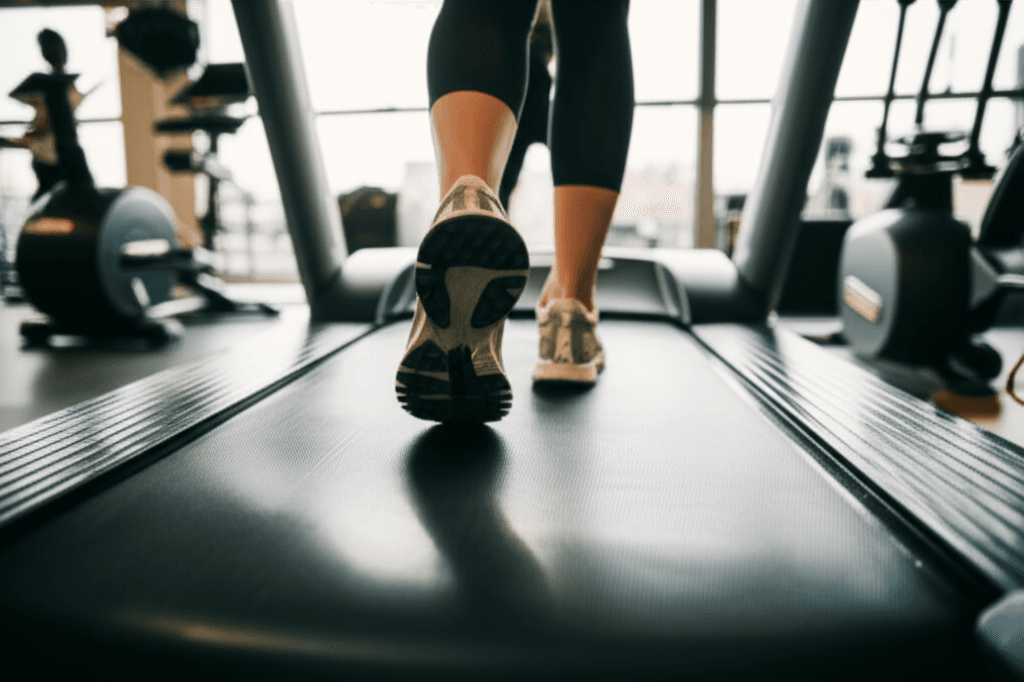
Practical Tips for Your Backward Treadmill Journey
- Warm-up: Consider incorporating 5-10 minutes of retro walking as part of your warm-up to prepare your muscles and improve coordination for your main workout.
- Cool-down: It can also be a gentle way to cool down, focusing on muscle activation rather than speed.
- Interval Training: Integrate backward walking into your regular cardio as intervals. For example, every few minutes during a forward walk or run, switch to backward walking for a short stretch.
- Focus Forward: Try to keep your posture upright and your eyes facing forward (if possible, without straining your neck to look over your shoulder) to enhance balance and coordination.
Conclusion
Walking backward on a treadmill might seem peculiar at first glance, but the extensive list of benefits—from strengthening underused muscles and protecting joints to boosting balance, cardiovascular health, and even improving posture—makes it a highly valuable addition to any fitness regimen. By embracing this unique movement, you can challenge your body in new ways, break through plateaus, and achieve a more comprehensive and resilient level of fitness. So, don’t shy away from turning around; your body will thank you for the innovative twist.




